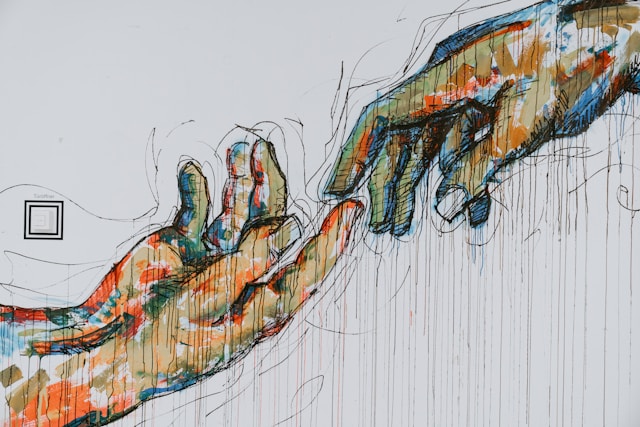Investing in artworks can be a unique and potentially rewarding endeavor, but it also comes with its own set of concerns. Some common concerns that people may have when considering art investments include :
- Lack of Liquidity : Art is often considered illiquid compared to other investments. Selling a piece of art can take time, and finding a buyer willing to pay the desired price can be challenging.
- Subjectivity of Value : The value of art is subjective and can be influenced by personal taste, trends, and the reputation of the artist. This subjectivity can make it difficult to accurately predict future value or potential returns.
- Market Volatility : The art market can be volatile, and prices can fluctuate based on trends, economic conditions, and the reputation of artists. Economic downturns may impact the demand for art, leading to declines in value.
- Authentication and Provenance : Establishing the authenticity and provenance (history of ownership) of an artwork is crucial. Concerns about forgeries or disputed provenance can affect the value and marketability of an artwork.
- High Transaction Costs : Buying and selling art often involve high transaction costs, including auction house fees, gallery commissions, and transportation expenses. These costs can eat into potential returns.
- Storage and Maintenance Costs : Owning art comes with additional costs, such as storage, insurance, and conservation expenses. Proper care is essential to maintain the condition of the artwork and its value over time.
- Limited Diversification : Art is a relatively concentrated asset class. Investing heavily in art may lack the diversification benefits that a more traditional investment portfolio might provide.
- Market Opacity The art market is not as transparent as some other financial markets. Limited information on sales, valuations, and the overall market can make it challenging for investors to make informed decisions.
- Emotional Attachment : Some investors may find it challenging to treat art as a purely financial investment, especially if they have a personal or emotional attachment to the pieces they own. Emotional decisions can sometimes lead to suboptimal financial outcomes.
- Macro-Economic Factors : Economic conditions, both globally and locally, can impact the art market. Economic downturns, currency fluctuations, and geopolitical events can affect the buying power and preferences of art collectors.
Ok well, you got it: before investing in artworks, individuals should carefully consider these concerns, conduct thorough research, and possibly seek advice from art experts or financial professionals with expertise in the art market.
Additionally, having a diversified investment portfolio that includes a mix of asset classes can help mitigate some of the risks associated with art investments.
Learn to merge your knowledge of investments with the power of Art thinking at the service of your assets management.

